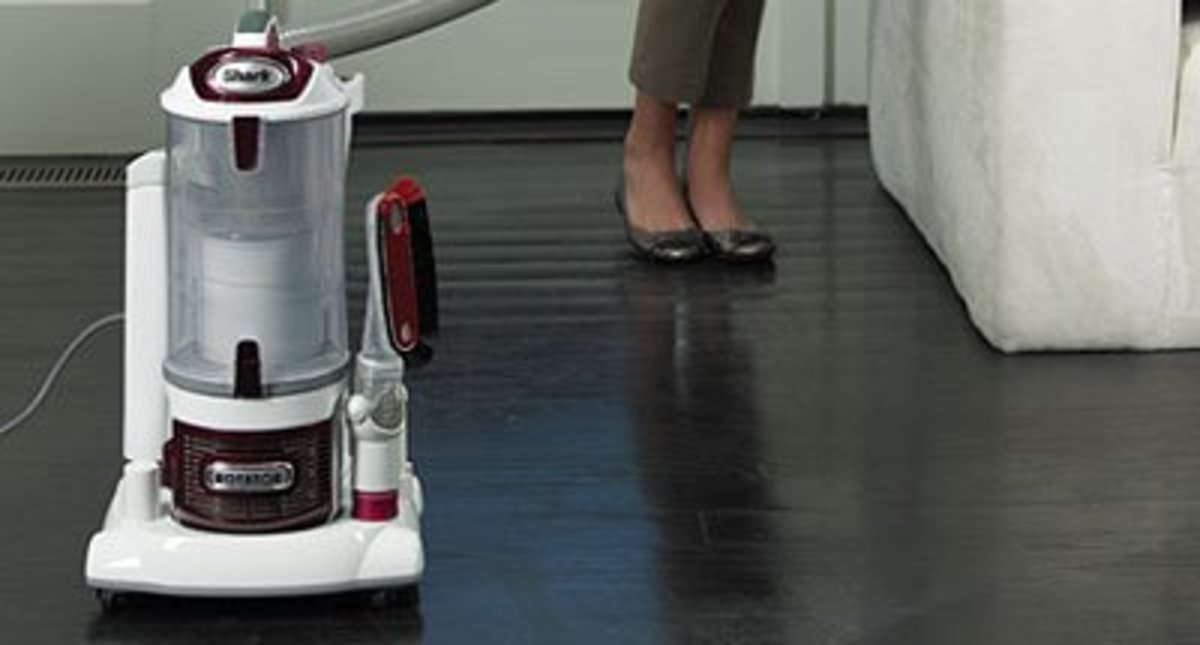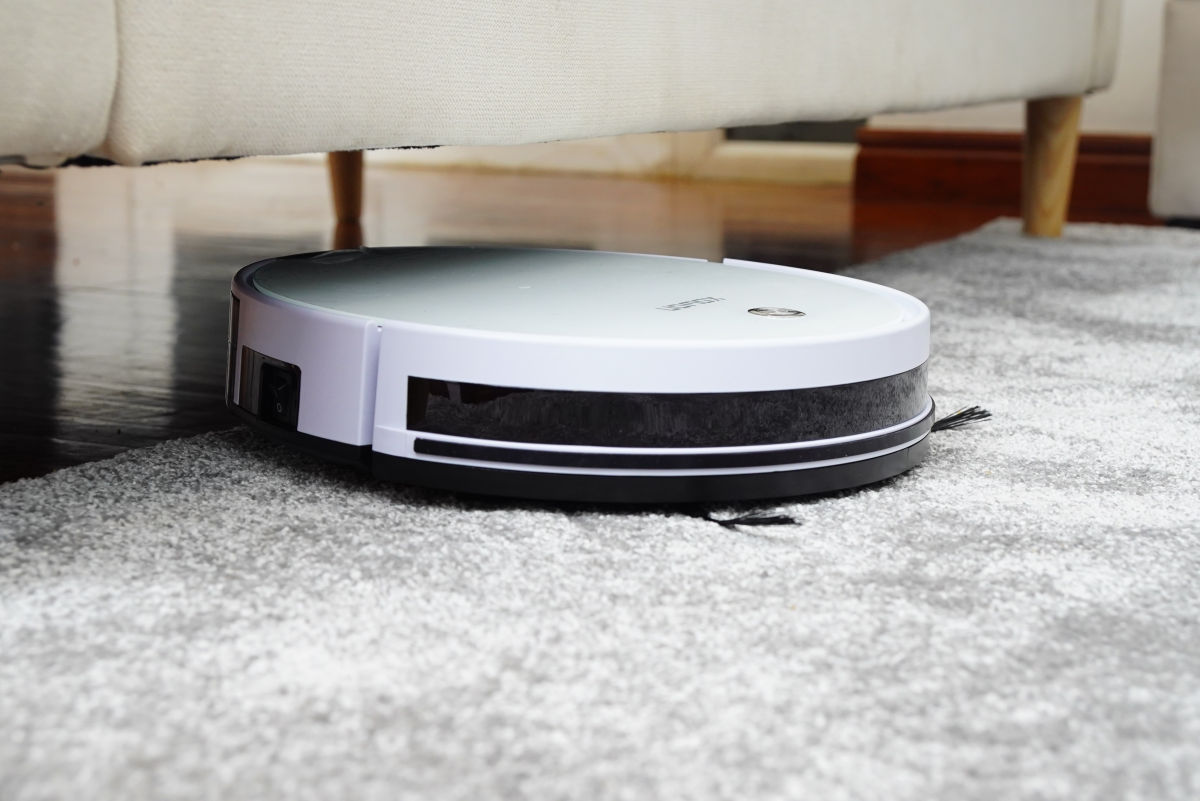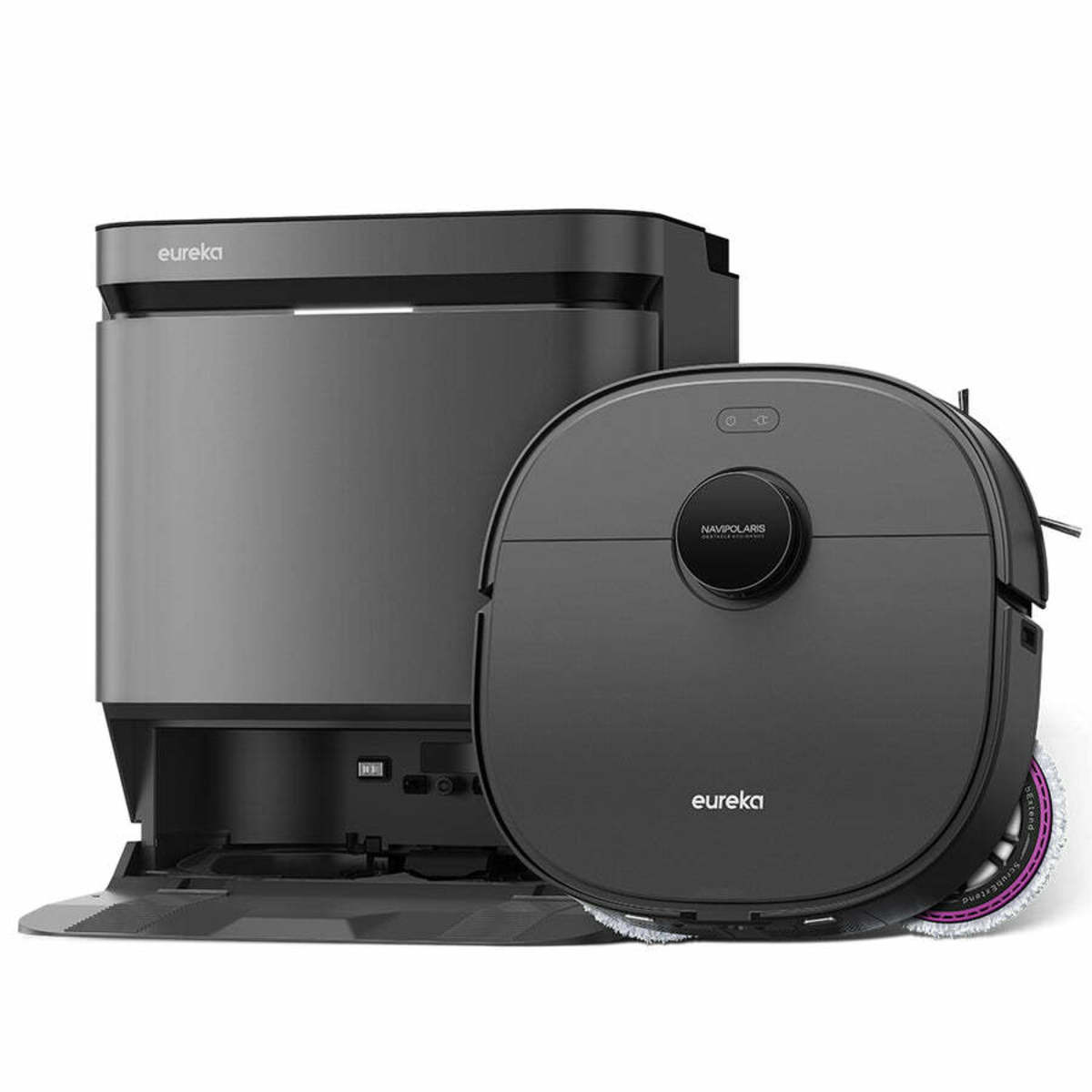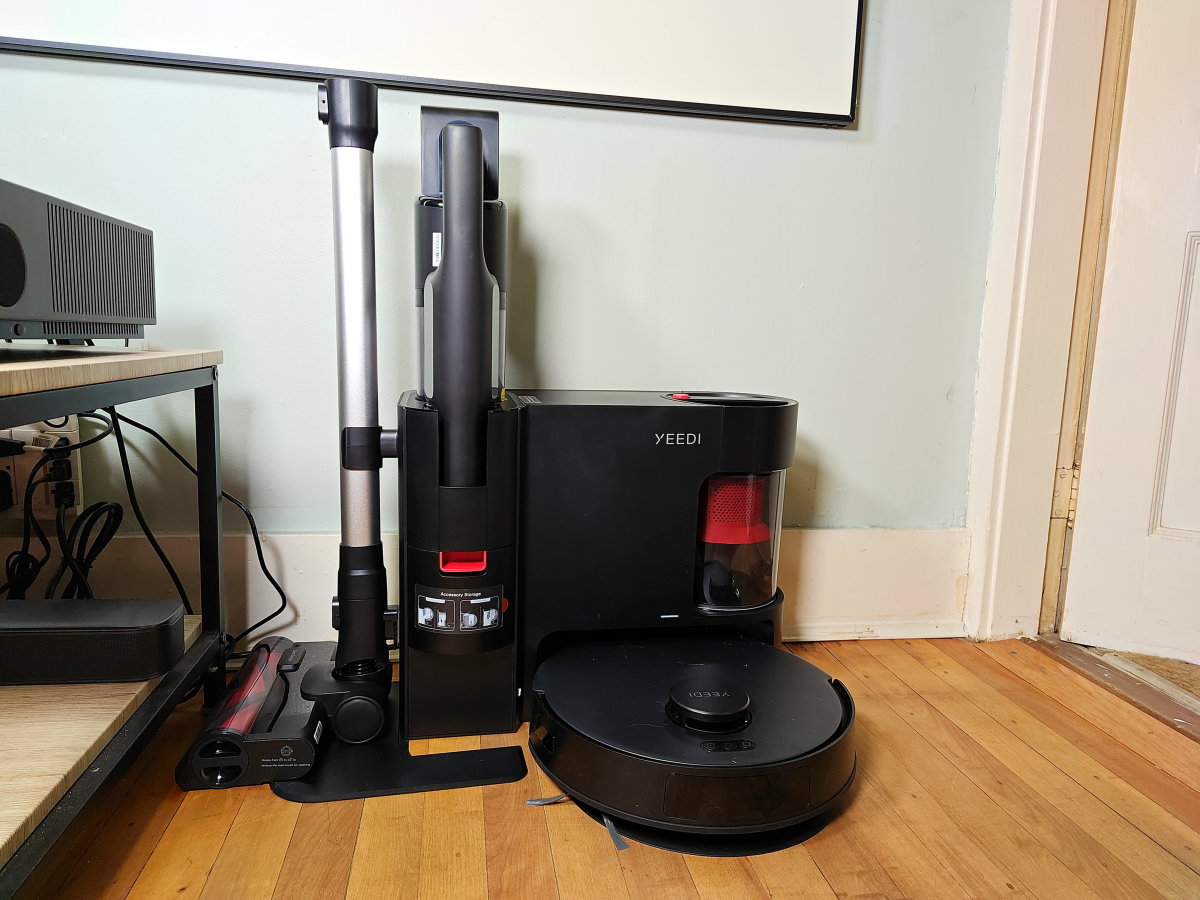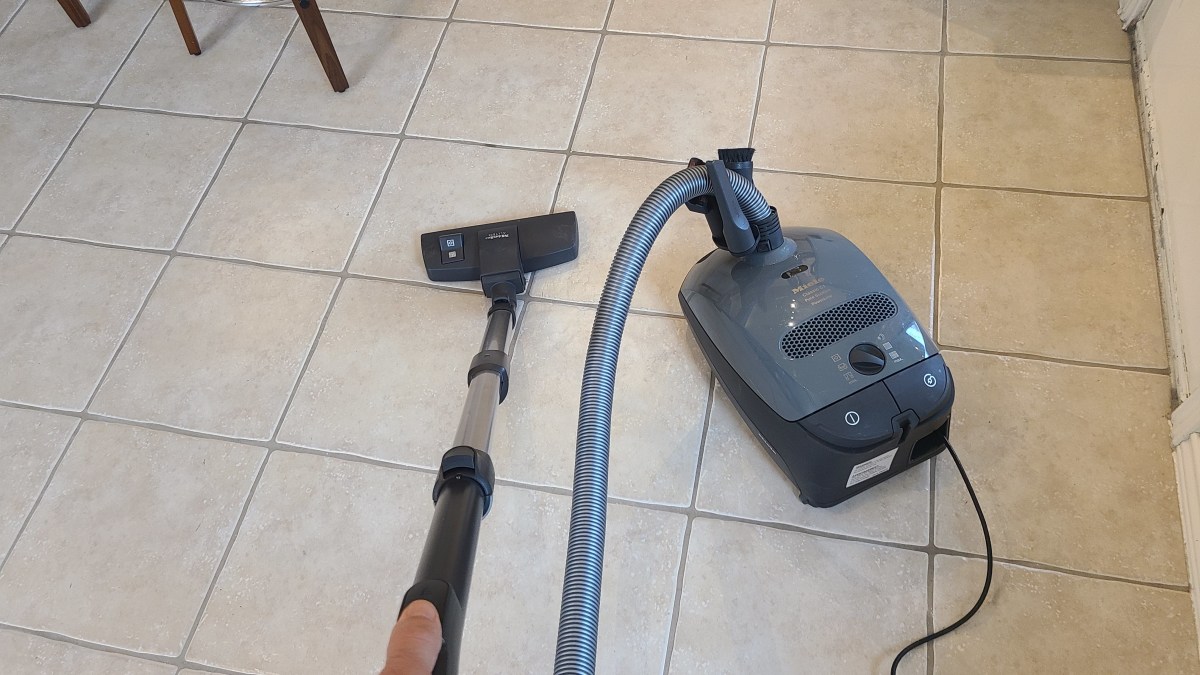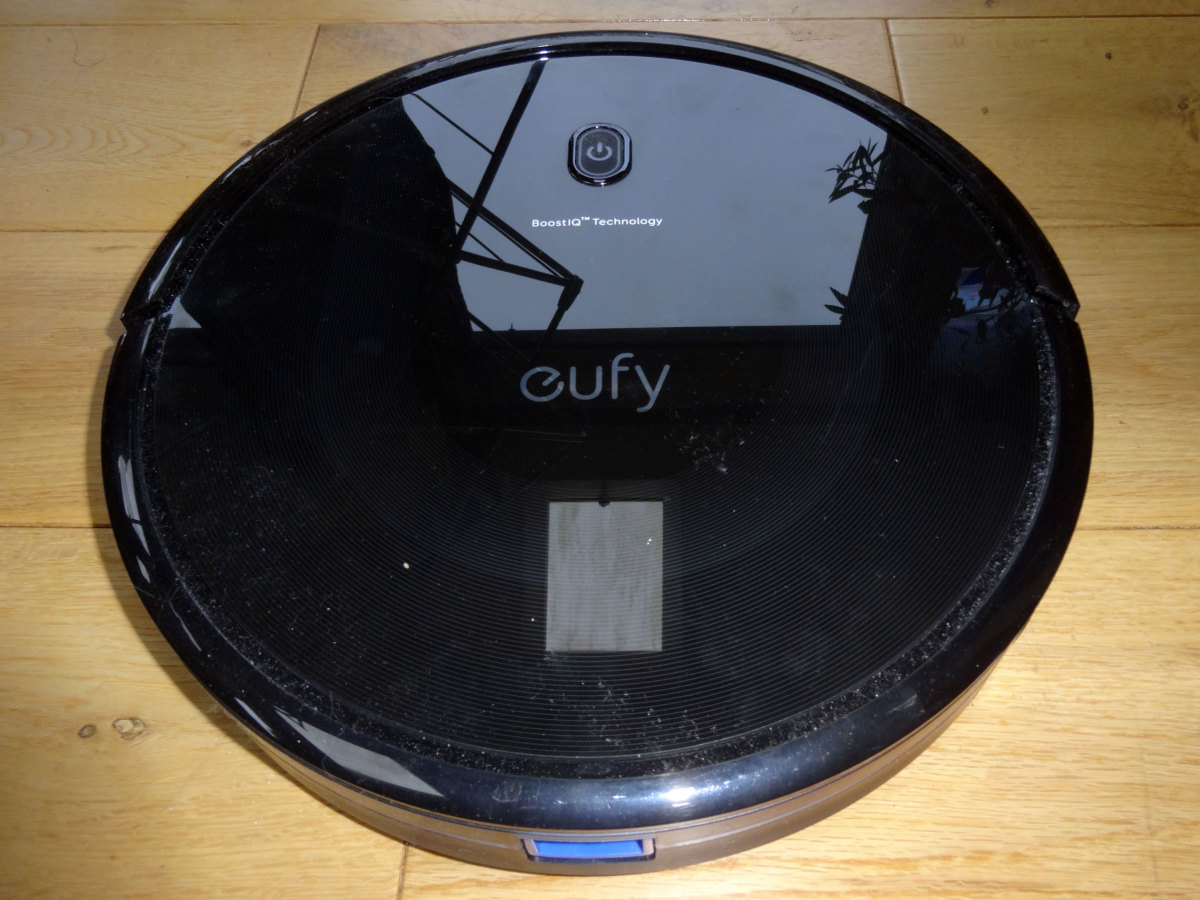How to Choose a Vacuum Cleaner

Vacuuming cam be a pain – a real pain. All too often, people allow this oft-needed routine to be a pain without understanding why it’s a pain. The key to turning this daunting chore into an easy task is getting rid of your old, beat-up, or low quality vacuum and moving on to one that not only works, but works for you. Choosing a good vacuum cleaner, however, is no easy task. There are dozens of factors to consider including brand (Dyson vacuums, Hoover, Kenmore, etc.), type (upright, canister, central, etc.), reviews, price, and your specific situation. Do you have wood floors? Carpets? Pets? Children? Stairs? More often than not, when somebody is in need of a vacuum, they go to a store, look for a good brand and a cheap price and end the search there. This will, more often than not, leave you unsatisfied. In this guide, I will go over some of the basic aspects of how to choose a vacuum cleaner in an attempt to help lost souls.
Who Are You?
The first thing you need to figure out when looking for a vacuum cleaner is what your vacuum cleaning situation is:
- How regularly do you clean? The main consideration here is the size and power of the vacuum. If you use your vacuum daily, you won’t have intense amounts of dirt around the home. In this case, a light-weight stick model will work great for you. The light weight will keep the work easy and you won’t need the power of bigger models. If you vacuum less regularly (weekly or less) you may want to consider looking at a canister vacuum or a big upright vacuum. This isn't a golden rule, however. If your home is carpeted, a small vacuum will likely not be enough no matter how often you use it.
- How strong do you need your vacuum to be? Vacuum cleaners use suction to pull dust and dirt into them. Good vacuum cleaners are carefully designed to maximize air flow and to create a high level of suction that is able to penetrate deep into carpets and pull out dirt from every part of them. Vacuums tend to be measure in amps, but a much better measure is the number of “air watts” a vacuum produces. Look for this statistic on packaging. If you have wood or tile floors, anything above 100 air watts is probably fine. If you are in need of more intense cleaning (mainly carpets) then look for something with at least 200.
- Do you have specific needs? Most vacuum cleaners come with some sort of special add-on. Many are just for show, but some are genuinely useful. It all depends on what you are looking for. For instance, if you have carpets, a spinning brush is great. A spinning brush will move around the carpet fibers and find more dirt. Cordless vacuums are great for big spaces. However, you will want to make sure that a cordless vacuum has a long battery life.
What's Your Style?
There are a million different style of vacuum cleaners. Here is an overview of the basic models and their pros and cons.

Small Vacuums
Small vacuums are little hand-held chargeable vacuums. They’re great for a quick spill and for getting into little corners, but these are not a replacement for a full-sized vacuum and would be a nightmare to use to really clean a room. They are great as a supplement to a full-sized vacuum.
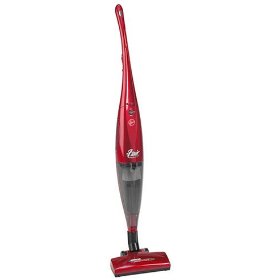
Stick Vacuums
Stick vacuums are something like a small vacuum attached to a stick. They are super light-weight upright vacuums that are extremely comfortable to use and store. Because of their small size, however, these vacuums are generally much less powerful than their counterparts. They would work well for tile floors, but aren’t great for carpets or even just wood. These as well can be considered a supplement to a full-sized vacuum. Their main benefit over small vacuums is that you do not need to bend over while using them.
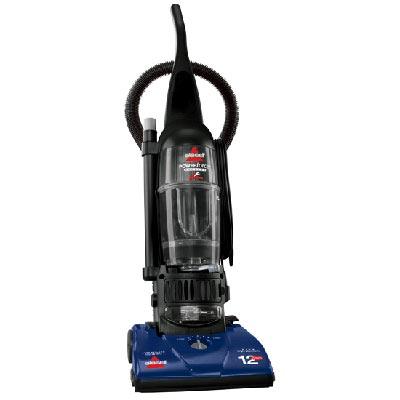
Upright Vacuums
These are the traditional vacuum design and are still by large the most popular. They tend to be cheaper than other more powerful models (like canister vacuums). These models are great for carpets that need deep-cleaning and have wide bases to cover large areas. However, due to their compact design they are still relatively easy to store and not all too heavy. The downside of upright vacuums is that because the entire vacuum is one piece, you need to move the whole machine back and forth in order to clean with it.
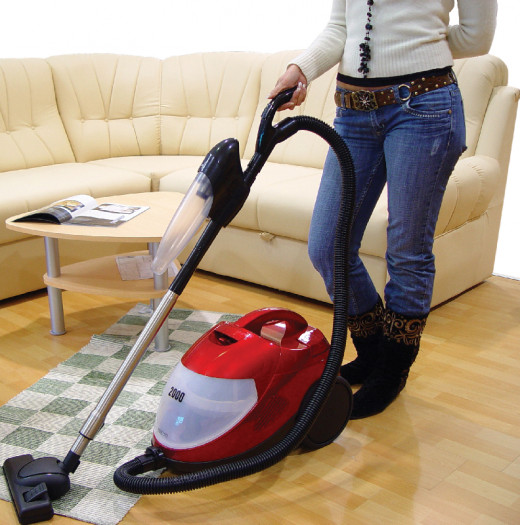
Canister Vacuums
A canister vacuum is a vacuum with a body that has all the electronics in it as well as the bag. There is a hose and a vacuum head that extend from this body. These are convenient because you do not need to move the whole machine back and forth, just the hose and the vacuum head. They are easier to use on drapes, under furniture, on upholstery, and on stairs. They are also somewhat quieter than uprights. On the whole, however, upright vacuums tend to perform better on carpets. Canister vacuums, on the whole, are heavier than upright vacuums.
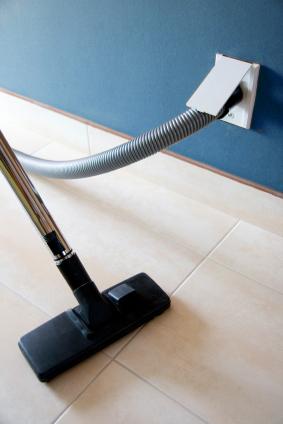
Central Vacuums
A central vacuum is not really a consideration for most homeowners. These are extremely convenient vacuums with a central base that is professionally installed in a room. They have a hose as long as 30 feet that extends from the base and connect to a vacuum head. They are quiet, easy to use, and don’t need cleaning often. However, central vacuums take up quite a bit of storage and are quite expensive. They are often installed in businesses that need frequent cleaning.
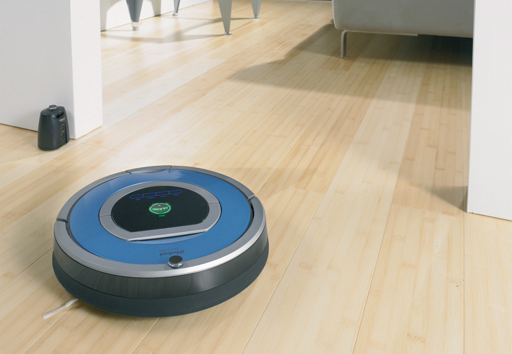
Robotic Vacuums
Though some people swear by Roombas, in reality they are more novelties than they are a real replacement for a vacuum cleaner. Maybe as technology advances these will be come good enough to use as your main vacuum, but for now they aren’t quite there. A good robotic vacuum will do 80% of the work in a tidy room, but will miss corners and can easily get stuck. In a room that hasn’t been tidied before-hand, they will be unable to get under or around obstacles.
And now you know it all! I hope this guide has helped. If you have any questions leave a comment below! Or if you want, tell us your vacuum success stories or nightmares!





